|
Only have a minute? Listen instead
Getting your Trinity Audio player ready...
|

Entering the “Elle” exhibition at the International Museum of Art & Science, a tall red sculpture, “Farolito,” a bronze with a flashy Ferrari red patina, provides a focal point to the many smaller sculptures occupying the surrounding space. Mexico City artist Nour Kuri’s body of work examines the various personal connections everyone has to a woman, be it their mother, grand-mother, sister, cousin, friend or significant other. Everyone has a special woman in their life.
The recurrent theme in Nour’s work is capturing moments of life, love, family, and community. It is a celebration of relationships and moments of empathetic impact within those moments.
Centering the exhibition, “Farolito” summarizes Kuri’s exhibition philosophy with the phrase, “Farolito, Our way…Your light!.” It declares woman as a beacon or lantern that illuminates everyone’s life.
In this collection the connections, perceptions, and emotions held for the the women in our lives are expressed through cast bronze, marble, wood, terra cotta, and glass. Kuri’s concept reflects a strong feminine mystique; a wall statement expresses one of the repeated feminist dichotomies behind her exhibition, particularly the sculpture “En Familia”:
“It’s me, It’s you,
Woman, daughter, sister, friend, mother, grandmother, partner …
She is … Fragile and Strong, Feminine and Safe,
Tender and Demanding.”
Where Kuri’s inspirations are fluid and moving, the bronze images express static and impenetrable weight. ‘Bandolier” searches for a dream, looks forward and enjoys the present, but the visual weight of the piece seems to restrict the inner movement.
The choice of artistic stylization in combination with her message of deeply humanistic dimensions creates a tension in these sculptures. Her stylization has historically been related to dehumanization, but she achieves relatively cohesive solutions through the positioning of the figures, the tilting of the head, a solitary pose, or the melding of figures into each other — both figuratively and virtually. “Foto” is a witty take on a concept by converting a group photograph into an image of connected relationships.
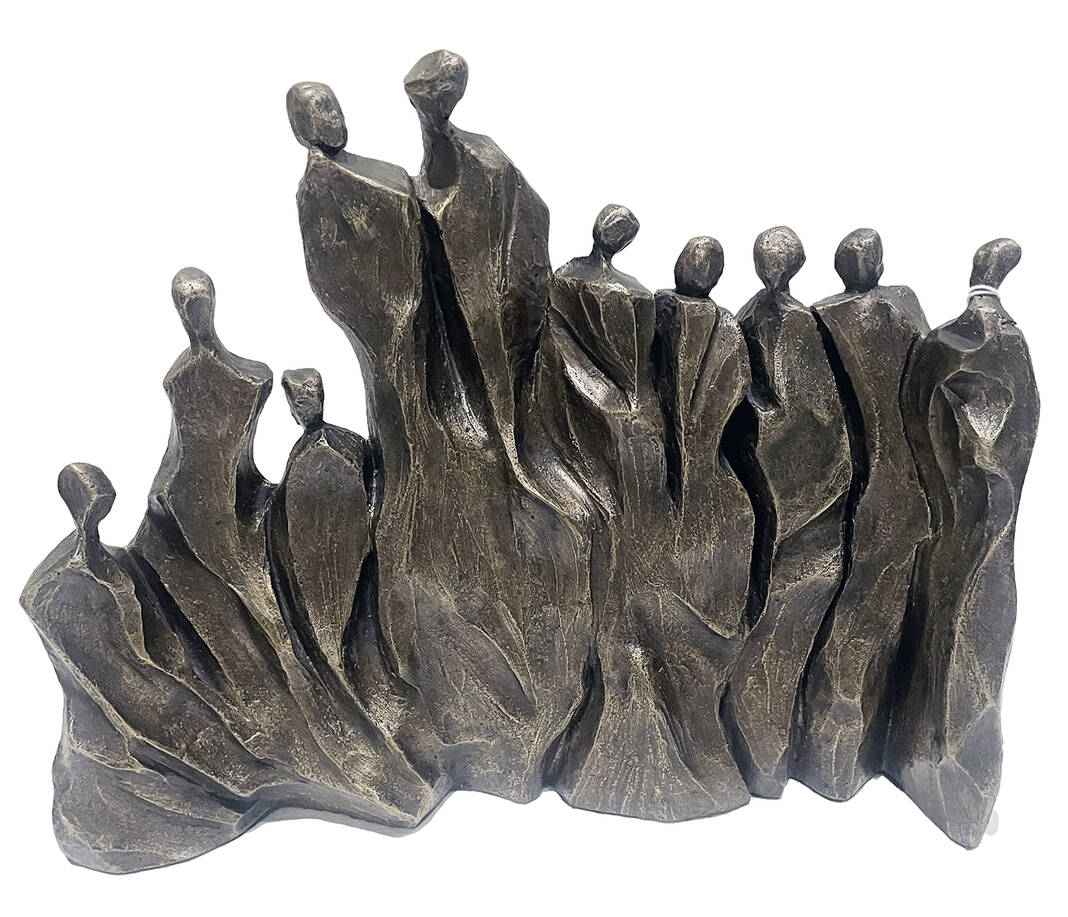
by Nour Kuri
Bronze, 2010
(Courtesy: Nancy Moyer)
The push-pull dynamic in these works also explores how we experience our cherished relationships; how do we separate them from the hectic outside world? Throughout this exhibit the positive side of humanity reigns. Her ‘Dama de Sombrero” reminds us to allow an instant to forget the world outside by relaxing and putting on the symbolic hat “that assumes a time of ours in peace.”
Additional wall statements reinforce the contradictions that are found within the benevolent concept of the artist’s universal “She.” Many of the work’s titles include lyric and poetic thoughts expressing the artist’s feelings during its creation. Kuri describes these sculptures as “moments of herself,” a life in the process of being lived, and she freezes those moments forever.
“Entre Nubes” addresses a moment of romantic love, when it seems we are not touching the floor; we are among the clouds. Here, two figures blur into each other with their legs becoming a song of swirling amorphic shapes.
Commenting on her show, Kuri stated, “Expressing the female relationship has been something fluid from my soul, and not even my intention, but empathetic. I have been working, and I will, for myself. The surprise has been the empathy with the people and that has been something very nice.”
Nour Kuri’s ‘Ella’
WHERE: International Museum of Art & Science, 1900 Nolana Ave., McAllen
WHEN: Through Jan. 12, 2025
HOURS: 10 a.m. to 5 p.m. Wednesday through Saturday, 1 to 5 p.m. Sunday
INFORMATION: (956) 681-2800 or theimasonline.org
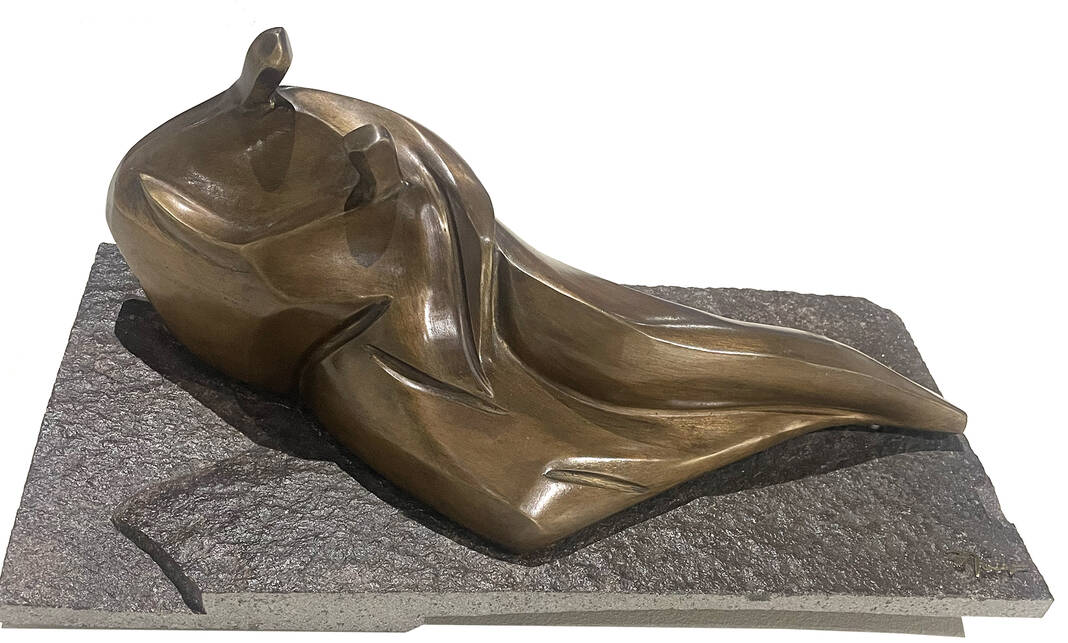
by Nour Kuri
Bronze, 2012
(Courtesy: Nancy Moyer)
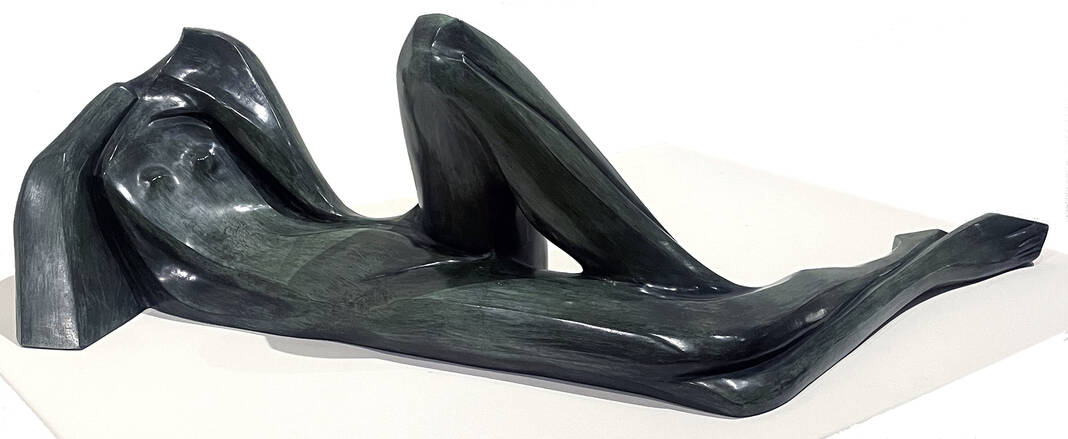
by Nour Kuri
Bronze, 2011
(Courtesy: Nancy Moyer)
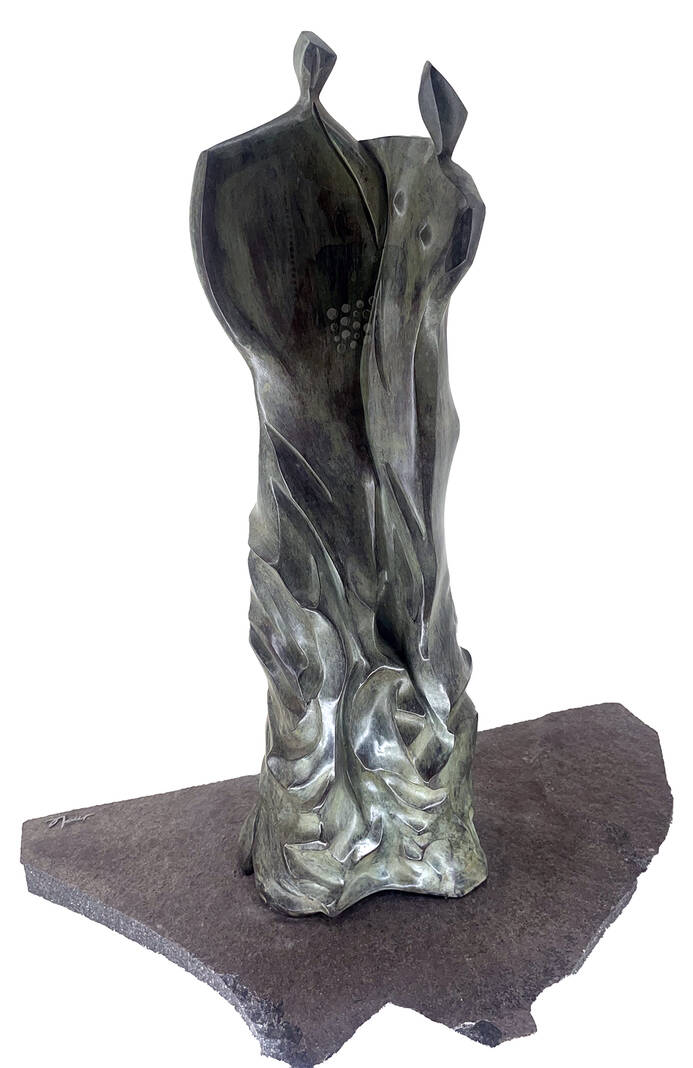
by Nour Kuri
Bronze, 2010
(Courtesy: Nancy Moyer)
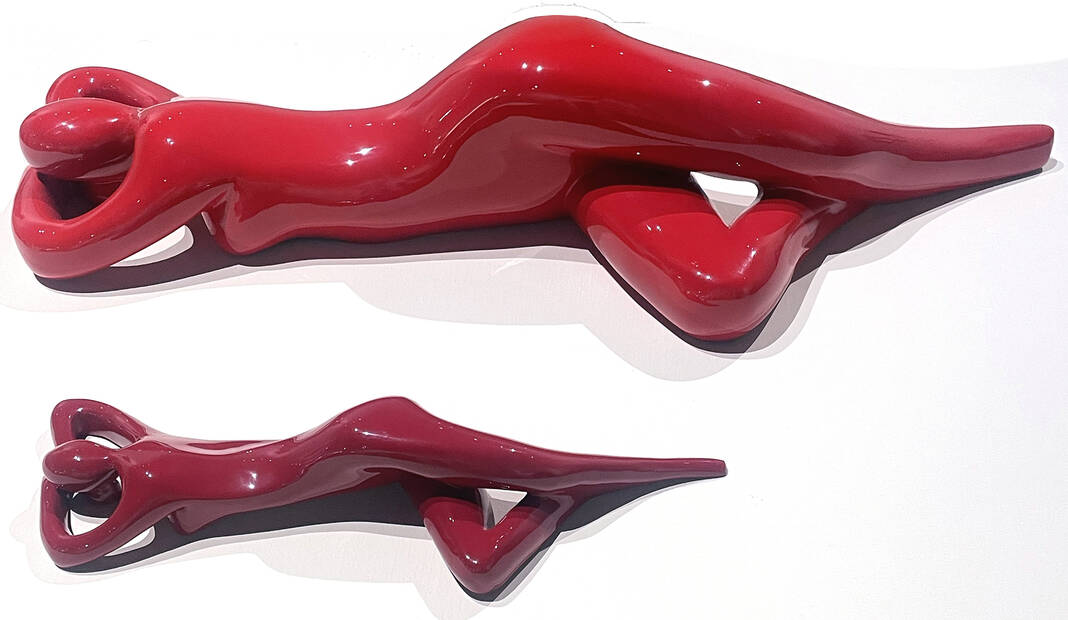
by Nour Kuri
Bronze, Farrari Red patina, 2010
(Courtesy: Nancy Moyer)

by Nour Kuri
Bronze, 2010
(Courtesy: Nancy Moyer)
Nancy Moyer, Professor Emerita of Art, is an art critic for The Monitor. She may be reached at [email protected].



